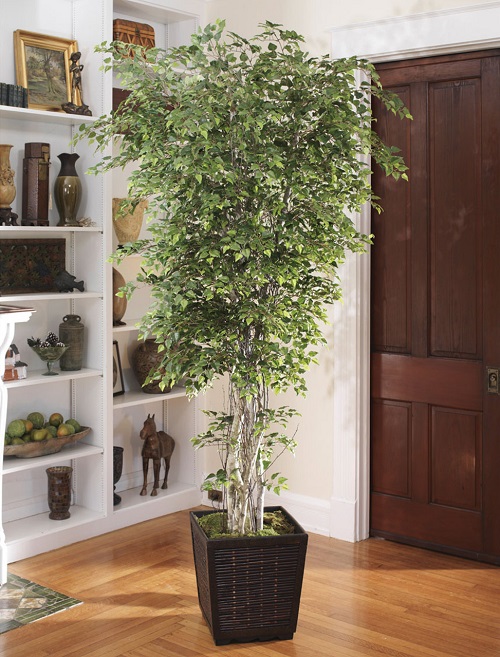If you want to add a Euro charm to your garden, here are the Best European Native Plants to add a green and colorful appeal!
Grow these Best European Houseplants if you wish to add some variety to your houseplant collection.
Check out the Native Plants and Trees of Florida here
Indoor Plants Native to Europe
1. Bilberry

Botanical Name: Vaccinium myrtillus
Common Names: Whortleberry, Huckleberry, European Blueberry
Native Areas: Southern Europe, Western North America, and Northern Asia
Native to mountainous areas of Southern Europe, this perennial flowering plant belonging to the Ericaceae family could be a good addition to your indoor plant collection!
Learn about Growing Blueberries in Containers here
2. Black Elder

Botanical Name: Sambucus nigra
Common Names: Elderberry, European Elder, Common Elder, Elder Bush
Native Areas: Europe, Asia, North and South America, and South Pacific
This small tree or deciduous shrub from the Sambucaceae family can grow to a height of 8-14 feet when growing in the wild. But, it can be easily grown in containers too.
Do Elderberries Grow in Arkansas? Know here
3. Common Nettle
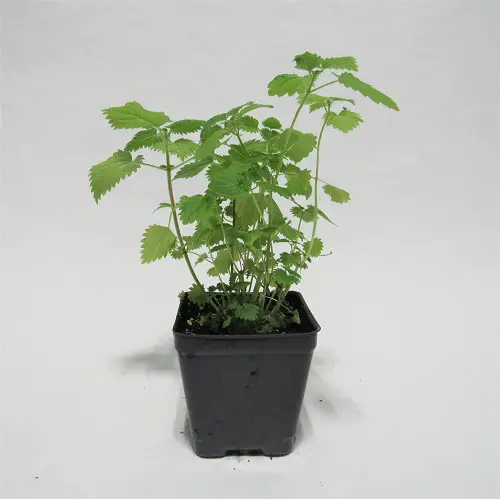
Botanical Name: Urtica dioica
Common Names: Stinging Nettle, Great Nettle
Native Areas: Europe, Western North Africa, and much of Temperate Asia
With a long, creeping yellow-colored rhizome, it is a herbaceous perennial plant belonging to the Urticaceae family that is native to Europe but is now cultivated widely all across the globe, including North America and New Zealand.
4. Caraway
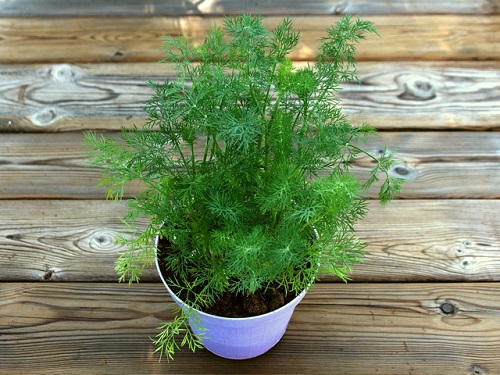
Botanical Name: Carum carvi
Common Names: Persian Cumin, Meridian Fennel
Native Areas: Europe, North Africa, India, Morocco, Germany, and the Netherlands
This native European plant has a spicy fragrance and is one of the most beneficial herbs. Its roots, seeds, and leaves are all edible.
5. Peppermint

Botanical Name: Mentha x Piperita
Common Names: Balm Mint, Curled Mint, Brandy Mint, Lammint, Lamb Mint
Native Areas: Europe, Southwest Asia, and the Middle East
With a high menthol content, Peppermint is widely used for flavoring confectionery, toothpaste, mouthwash, and ice cream. It is easy to grow, and you can cultivate it on a sunny windowsill!
6. European Centaury

Botanical Name: Centaurium erythraea
Common Names: Bitter Herb, Lesser Centaury, Centaury Gentian, Feverwort, Red or Pink Centaury, Christ’s Ladder, Filwort
Native Areas: Europe, West Asia, parts of North Africa, and North America
With a leaf rosette in pink color and star-shaped blooms, this annual or biennial plant belongs to the Gentianaceae family. It can be a star European addition to your plant collection!
7. Rosehip
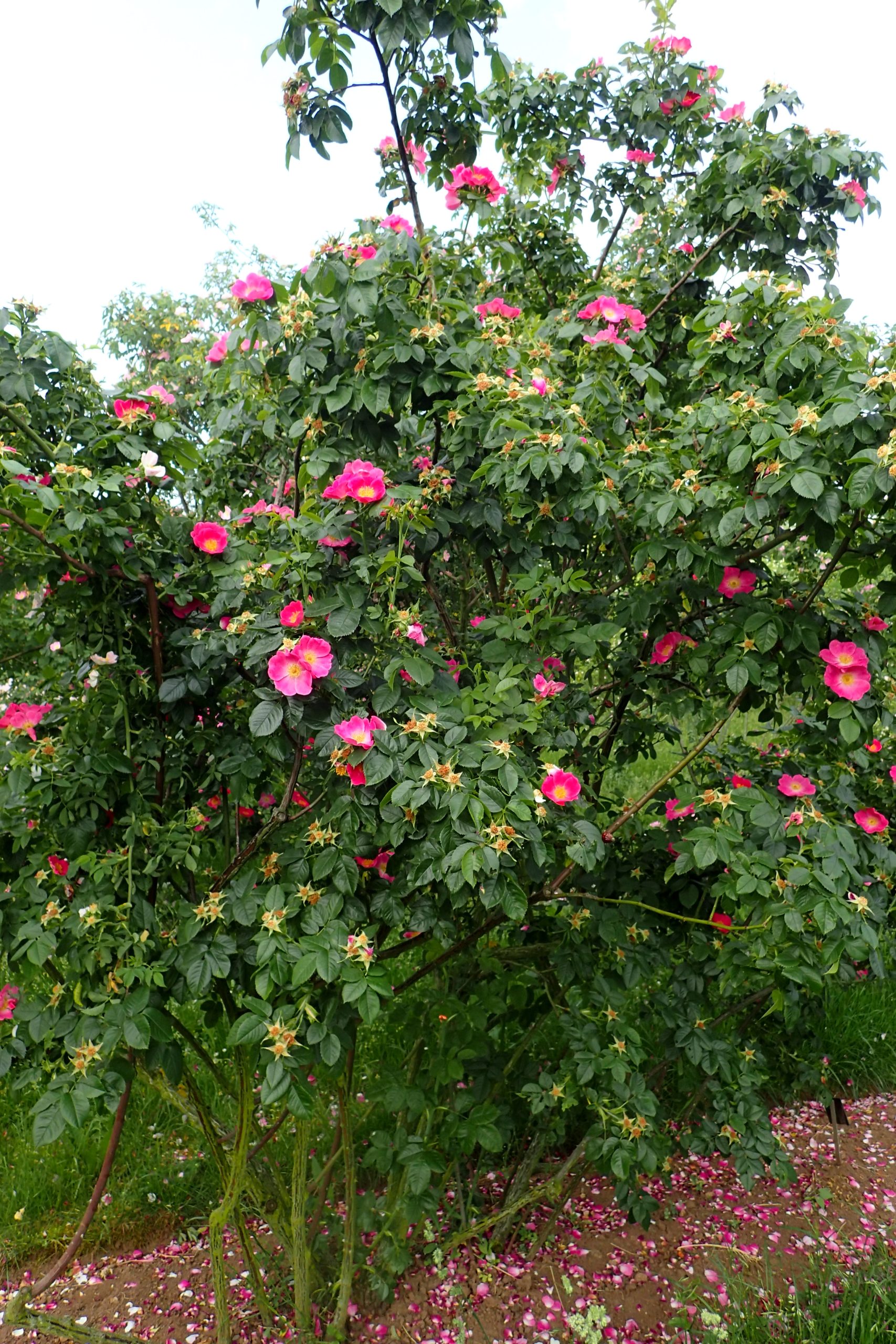
Botanical Name: Rosa canina
Common Names: Dog Rose, Haggebutt, Wild Rose
Native Areas: Europe, Western Asia, and Northwest Africa
Native to Northern Europe, the Rosehip, also called Rose Hep or Rose Haw, is an accessory fruit of a rose plant. Typically, it is found in orange to red colors but also comes in deep purple to black varieties.
8. Walnut

Botanical Name: Juglans regia
Common Names: Common Walnut, English Walnut, Persian Walnut
Native Areas: Southeast Europe, Turkey, Western China, Central Asia, Iran, and the Himalayas, Australia, New Zealand, and parts of North and South America
Walnut trees can be grown in containers if you run short on space. Before the seeds germinate, they must be exposed to moist and cold temperatures.
Are Walnuts Safe for Dogs? Click here
9. Common Juniper
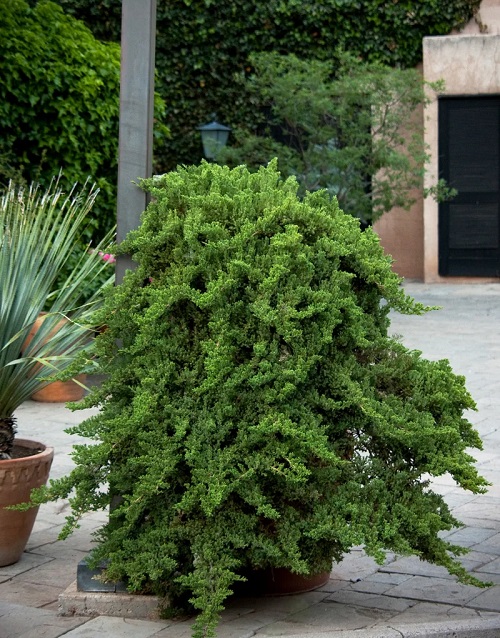
Botanical Name: Juniperus communis
Common Names: Horse Savin, Aiten, Gorst, Dwarf Juniper, Fairy Circle, Hackmatack
Native Areas: Europe, North America, North Africa, Western and northern Asia, and Japan
It is one of the most popular European conifers worldwide. This pleasant-smelling low shrub evergreen belongs to the Cupressaceae family and can grow in various soil types.
10. Silver Birch
Botanical Name: Betula pendula
Common Names: European Weeping Birch, Weeping Birch
Native Areas: Europe, Southern Europe, and Southwest Asia
Native to Europe and parts of Asia, Birch trees can grow up to 20-40 feet tall when growing in the wild, but you can easily keep their height in check in pots.
11. Apple

Botanical Name: Malus domestica
Common Names: Paradise Apple, and Common Apple
Native Areas: Europe
Apple is one of the fruits that is a native European fruit, and now it is widely grown in almost every country around the world! Growing an apple tree in a container is not that difficult, and you can learn all about it here.
12. Tulips
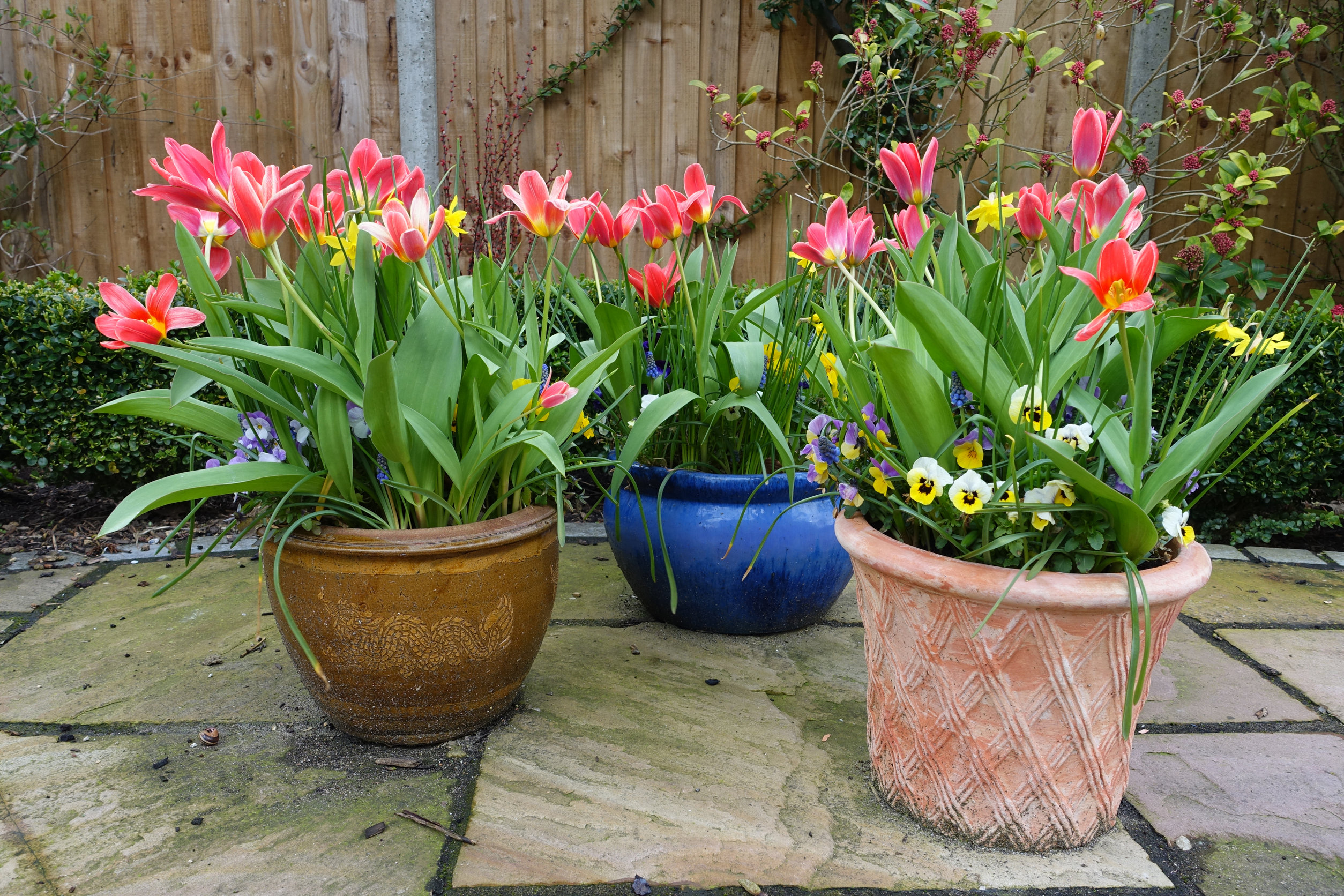
Botanical Name: Tulipa
Common Names: Tulips, Tulipa
Native Areas: Southern Europe and Northern China
This spring-blooming perennial is popular in many parts of the world mainly because of its large, beautiful blooms in warm colors such as pink, purple, orange, yellow, white, or red.
Look at the Best Tulip Varieties here
13. Blackcurrant
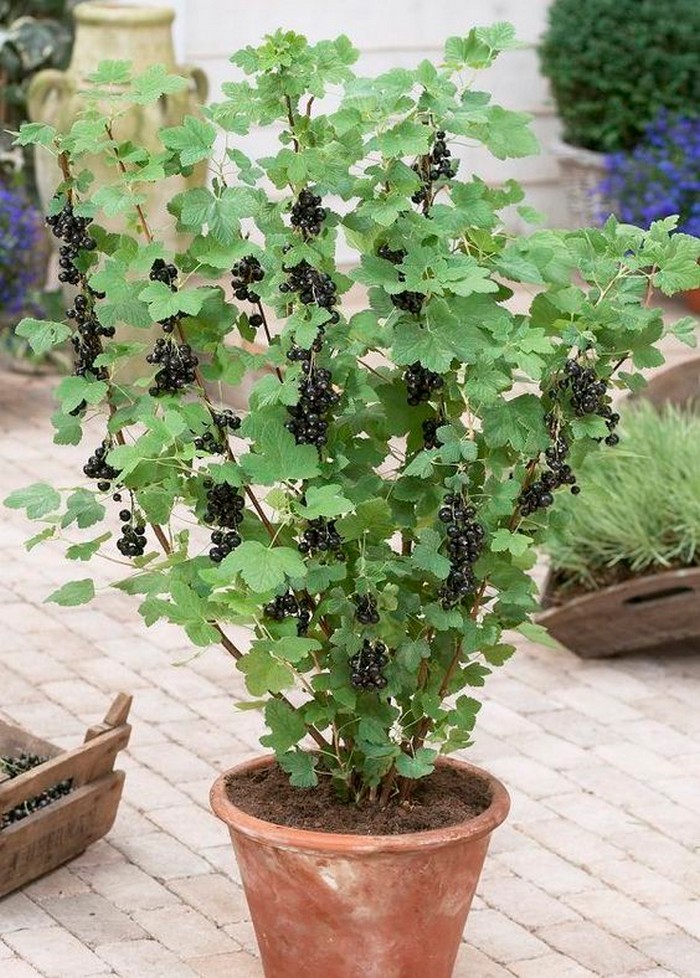
Botanical Name: Ribes nigrum
Common Names: Ribes, Blackcurrant, Currant, Cassis, European Blackcurrant
Native Areas: Northern Europe and Northern Asia
Blackcurrant is a deciduous shrub belonging to the family Grossulariaceae and is now widely grown for its ‘superfood’ edible berries. They are an excellent source of vitamin C.
Find out the Most Exotic Fruits Worldwide here
14. Raspberry
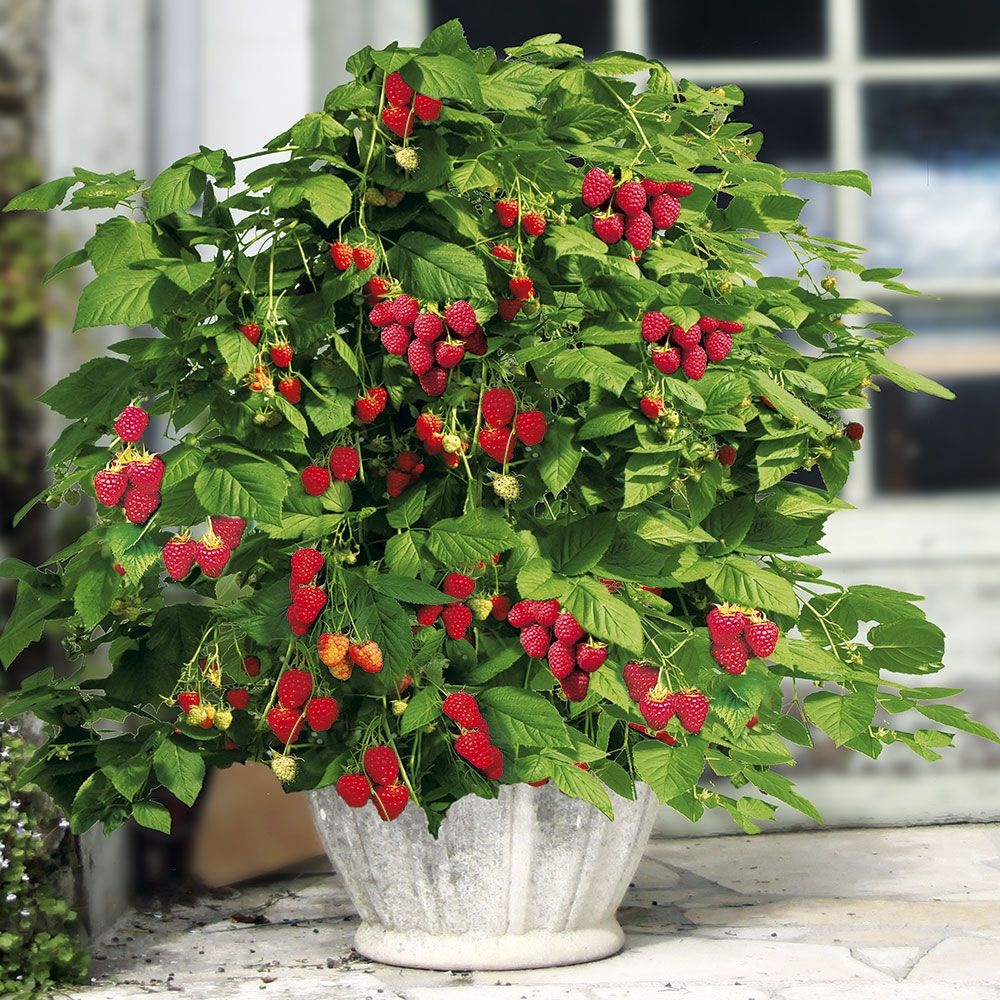
Botanical Name: Rubus idaeus
Common Names: Feabes, Feaberries, and Wineberries
Native Areas: Europe and North America
This edible fruit belongs to the genus Rubus, which is native to Europe and Northern Asia. These sweet berries can be used to make jellies, jams, cakes, and more!
Want to Grow Raspberries in Pots? Click here
15. Gooseberries
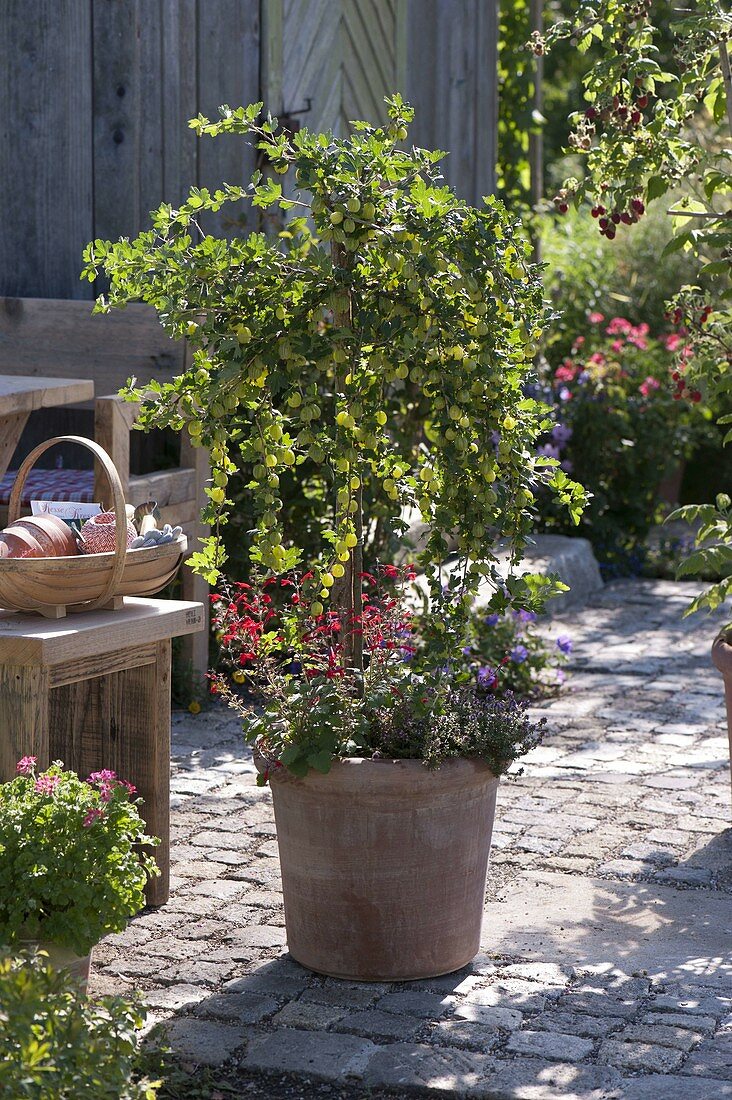
Botanical Name: Ribes uva-crispa
Common Names: European Red Raspberry, Red Raspberry, Whitebark Raspberry, Western Raspberry
Native Areas: Europe, Northern Africa, the Caucasus
Gooseberries are easy-to-care-for edible fruit plants and can be grown indoors in containers as they can grow well in many kinds of soil.
16. Olive Trees
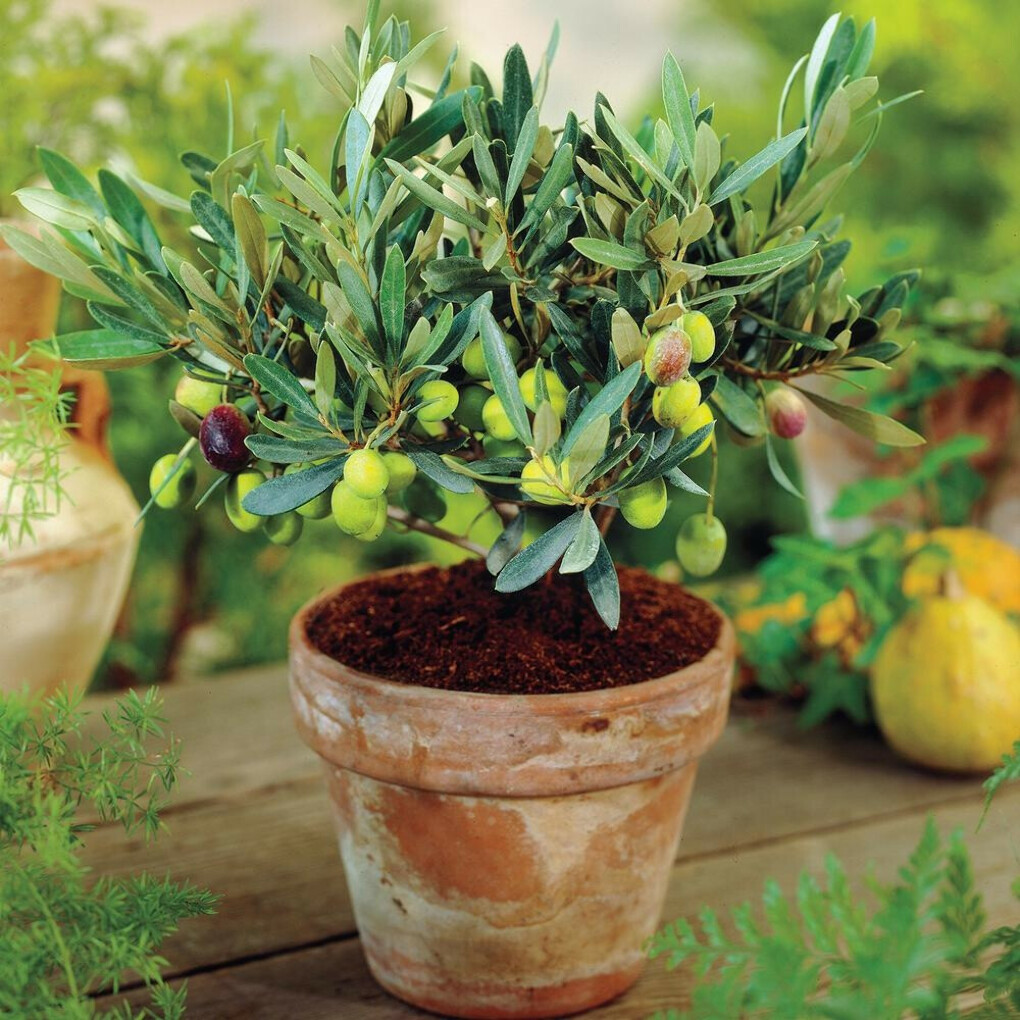
Botanical Name: Olea europaea
Common Names: Olea europaea, Common Olive
Native Areas: Mediterranean Europe, Africa, and Asia
Also popular as European olives, these plants are known to be adaptable and tolerant to drought-like conditions, making them very suitable for containers.
17. Bulbous Buttercup

Botanical Name: Ranunculus bulbosus
Common Names: St. Anthony’s Turnip
Native Areas: Europe, Northwestern Africa, and Asia
This perennial plant with yellow blooms belongs to the buttercup family Ranunculaceae and is mostly grown for its showy flowers.
18. Marsh Marigold
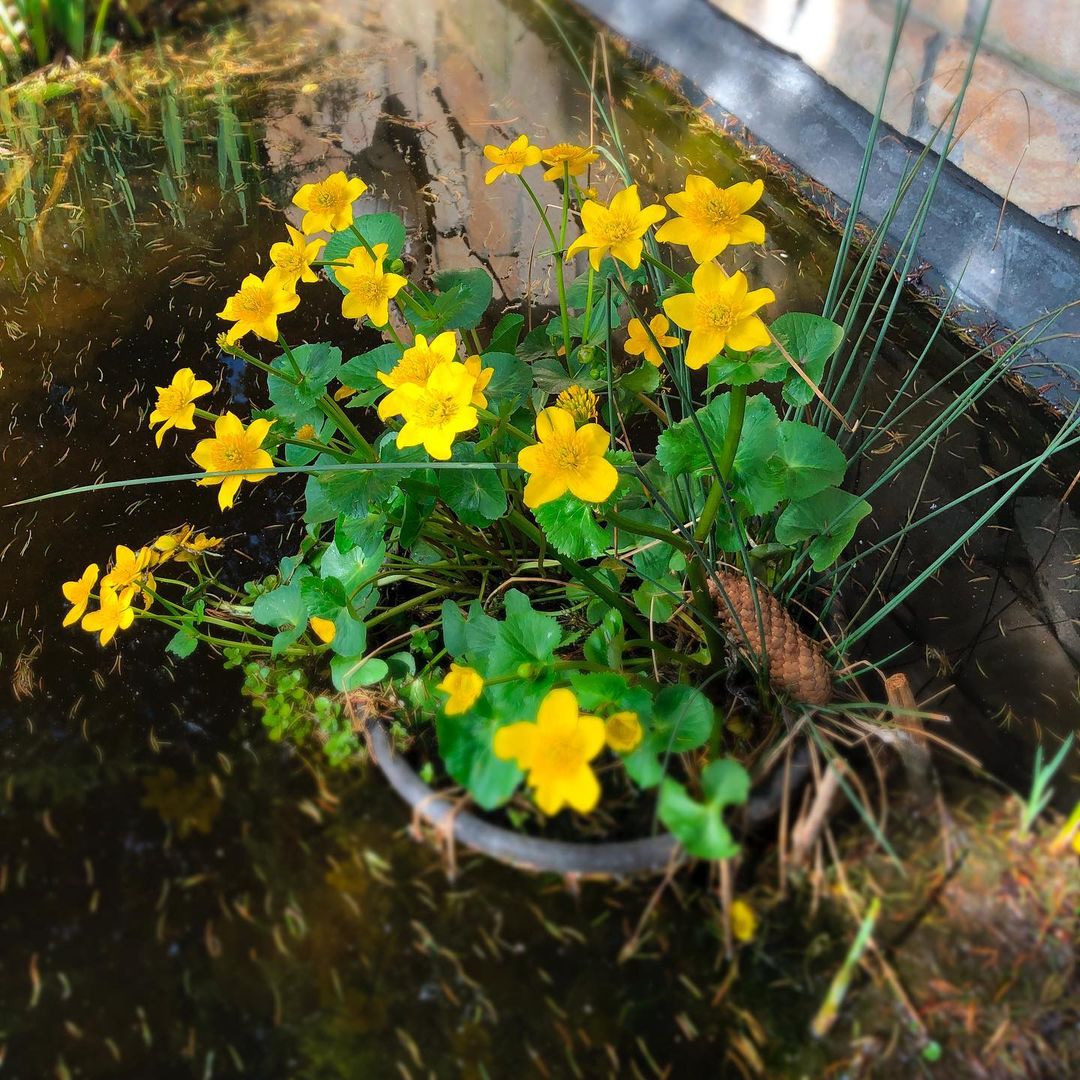
Botanical Name: Caltha palustris
Common Names: Kingcup, Cowflock, Cowslip
Native Areas: Europe, North America, and Asia
Popular as Caltha Biflora in Europe, this flowering plant does best in bright light. These plants are very tolerant of heat and cold, which makes them a must for a summer garden.


